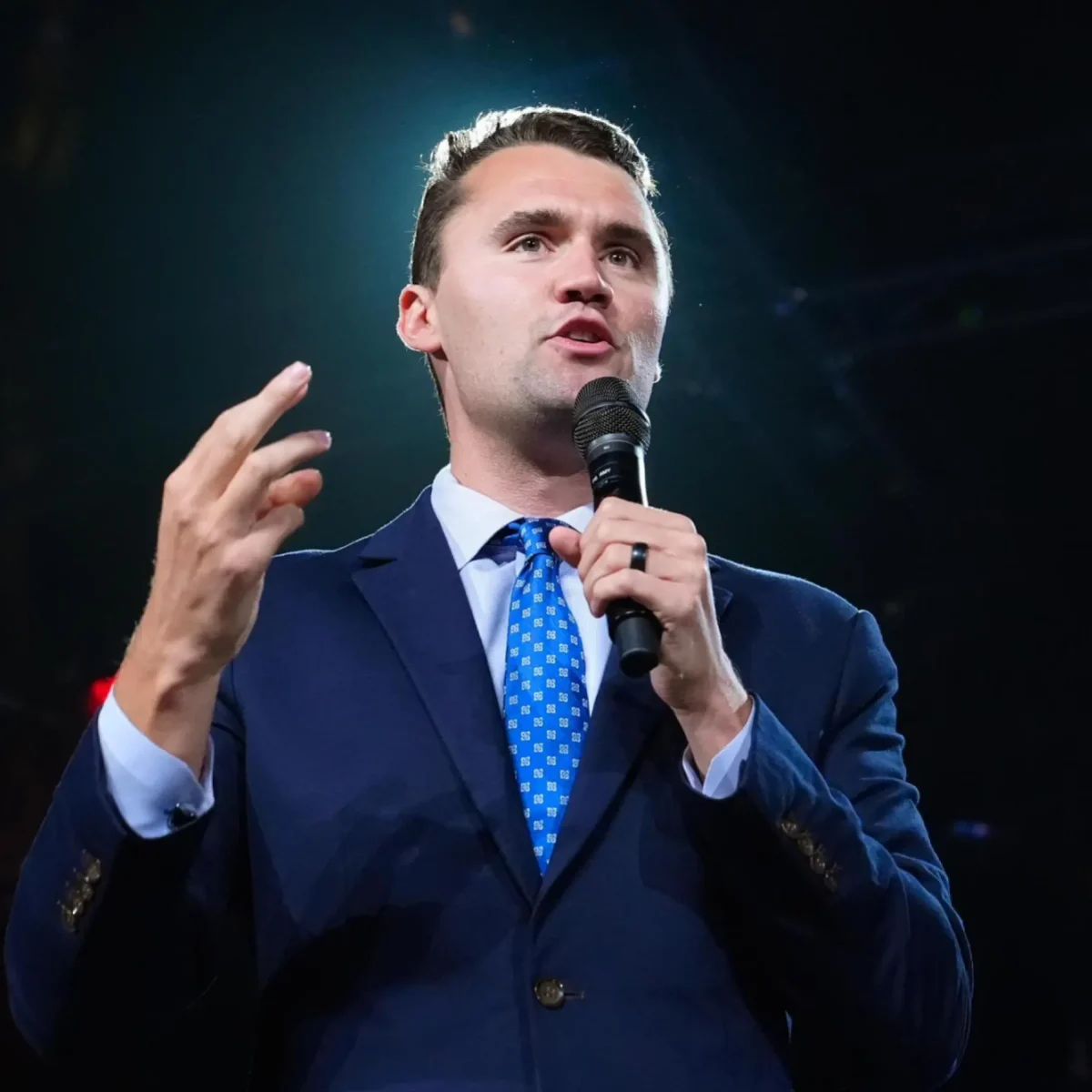
Beneath the surface of academics, sports, and extracurriculars at LM, a world of gambling has taken hold of the student body. From poker games amongst friends to online sports betting, the draw of monetary rewards has captured an alarming amount of attention across high school students locally and nationwide. Gambling habits within LM prove to be on the incline, not only affecting students’ financial wellbeing, but mental health and academic performance.
Recently, gambling has become increasingly interwoven into social settings involving LM students. Its highly-addictive nature has led to rampant popularity. Similar to an addictive substance, gambling triggers a dopamine release in the brain, creating sensations of pleasure and euphoria. These sensations become attached to the action that is being taken, making the player chase the thrill over and over again.
Because they have the most detrimental effects on those struggling with mental health conditions and those without fully developed brains, gambling disorders can be hard to come to terms with—and even harder to treat. Unfortunately, the scope of this issue extends far past the LM student body. Timothy Fong, co-director of the Gambling Studies program at UCLA, states that “calls to gambling helplines in most states in America are up…more and more younger clients 25 and under are seeking treatment.” The numbers are telling; according to a survey by the National Council on Problem Gambling, between sixty and eighty percent of high schoolers have gambled in the past year. But what exactly are the implications of gambling at LM?
Teachers report witnessing gambling between students at school, seeing the majority of it in the form of sports betting and card games. According to a group of current LM students, websites like FanDuel, Draftkings, and Prize Picks are most popular. With age restrictions (21+) enforced on gambling sites, students have to get creative in order to participate. This is commonly done by utilizing older relatives’ personal information such as social security numbers and ID information, resulting in students engaging in active fraud in order to fulfill their betting needs. Such fraud not only permits them to gamble, but can lead to possible legal ramifications—halting careers before they can even begin. The risks of betting underage are high—and teenagers don’t seem to care. Physics teacher Nora Christman, who has been at LM for over 20 years, reports that the gambling fads among students appear to be cyclical. However, she feels that “it seems like poker and online gambling have easier access to teenagers these days,” accounting for the substantial rise in student participation.
One current LM student shared further eye opening details about gambling within the student body, stating that although buy-ins to a game of poker can be anywhere between five to ten dollars, they can also be on the more extreme end of the spectrum. It was communicated that a higher stakes game can cost up to two hundred dollars to participate in, a steep fee. The student continued, sharing that “sports bets can range… [with individuals] putting a few dollars on a long shot bet to those putting a hefty amount on bets considered ‘locks.’” He further explained that in terms of losses, he has seen “anywhere between minimal amounts like a few dollars, all the way up to multiple thousands, even in the five digit range.” Another former student recalled that he saw gambling as a highly social activity at LM. He stated that he “watched a peer lose over $6000 in a night,” a fee far over the amount they had in their wallet. Although not surprising, the ramifications of gambling at this level are clearly immense. And, it was mentioned that gambling at LM is entirely underground, making it far more concerning as it is not regulated nor legal. With the knowledge of these underground gambling rings, the question now turns to where the incentive to gamble has come from, and the marketing associated with its uprising.
There is an immense amount of gambling marketing geared towards teens, making it hard to avoid falling into the trap of underage gambling. Such advertising takes the form of pop culture figures and celebrities promoting betting apps, or poker apps characterized by bright colors and prizes ideal to young consumers. The National Library of Medicine explains that “around the world, children are being subjected to intensive marketing for gambling products. This advertising normalizes the perception that gambling is essentially a harmless form of entertainment.” A study by The Guardian found that, during the COVID lockdown, 96 percent of people aged 11 to 24 reported having seen gambling marketing in the past month. Being subjected to such marketing made them significantly more likely to bet and indulge in risk-taking behaviors.
Due to the highly addictive nature of gambling, students who engage in gambling activities may find themselves struggling to remain focused at school. Such challenges pose a serious threat to the student body as popularity continues to rise, decreasing attention spans and ultimately causing grades to suffer. In the long run, we can only hope that this gambling fad proves to be truly temporary, going out of style just as quickly as it came in.




